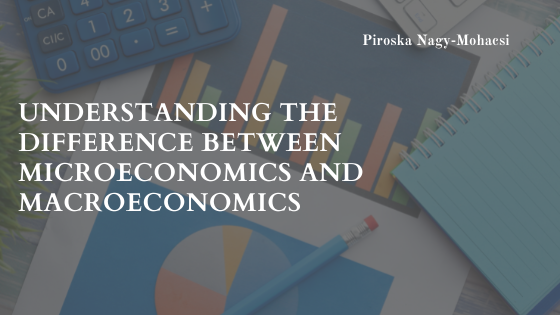Studies of economics are divided into two categories: microeconomics and macroeconomics. Microeconomics refers to individuals and businesses, while macroeconomics is the study of the economics of countries and governments. There is a little more to it than that, so let’s take a look at some of the differences between these two terms.
Microeconomics
Microeconomics is the study of financial decisions made by individuals and businesses. It concerns itself with the prices at which businesses trade goods and services, how people allocate their resources, and how these decisions are affected by supply and demand. It takes things such as taxes and government regulation into consideration, but for the most part, the focus is on what happens on a smaller scale, such as how production costs and demand for certain products can affect prices and a company’s profits.
Macroeconomics
Meanwhile, macroeconomics studies the behavior of a country and the impact that its policies have on its economy. Instead of looking at smaller businesses and how they are affected by financial trends, macroeconomics looks at entire industries and governments. It’s what is known as a top-down approach to studying economics, while microeconomics takes a bottom-up approach. Macroeconomics analyzes factors such as net exports and how they might impact a nation’s capital account or how a country’s unemployment rate affects the gross domestic product.
Microeconomics and Macroeconomics in Investing
Individual investors are usually better off studying microeconomics when making financial decisions. They can look at factors such as supply and demand as well as how individual businesses are thriving in a given market. That doesn’t mean that they should ignore macroeconomics altogether. For example, the Great Recession of 2008 and 2009 profoundly impacted the housing market. Financial institutions that were heavily invested in subprime mortgages during this time all but collapsed. Another example of macroeconomics affecting investors happened in 2020 when governments and central banks tried to prop up the economy through stimulus packages when the pandemic threatened to cause everything to crash.
In short, if you’re going to study economics or make any investments, you need to pay close attention to both microeconomics and macroeconomics. Microeconomics might concern you more as an individual investor, but macroeconomics will play a large role no matter what kinds of investments you might make.
